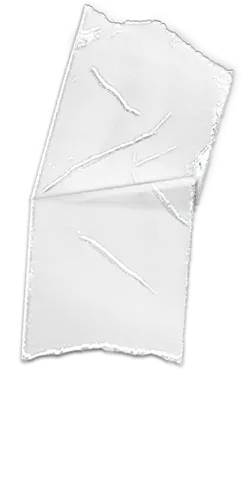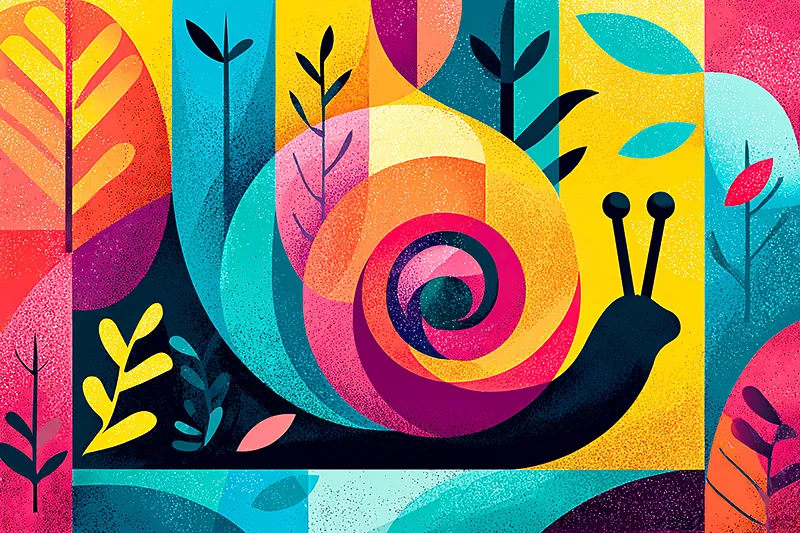The Sacred Slowness: What Happens When You Stop Rushing Your Healing
We’re so used to being in a hurry.
To bounce back. 🏃♀️ To get over it. To feel better fast so we can go back to being “productive.”
But healing? Real healing? It doesn’t move like that. It’s not a sprint. It’s not even a marathon. It’s more like a walk through fog. Slow, uncertain, and strangely holy.
Why We Rush What Needs to Unfold
There’s a reason we crave quick fixes. Pain is uncomfortable. And discomfort gets labeled as failure.
We live in a world that treats slowness like a flaw:
- Resting? Must be lazy.
- Pausing? Must be stuck.
- Still processing something from years ago? Shouldn’t you be over that by now?
But some wounds don’t follow a calendar. Some aches return like seasons. 🍂 And pretending otherwise only makes them fester in the dark.
We’re not broken for moving slowly. We’re responding to a culture that forgot how to wait.
The Wisdom in the Wait
Healing isn’t linear, and it sure as hell isn’t efficient. But it is intelligent.
Your nervous system knows what it can handle. Your heart knows when it’s ready to reopen. Your body remembers—and it also knows how to soften, when it’s safe.
Slowing down lets you hear those messages. Slowing down gives you back your timing.
And timing isn’t just logistics. It’s language.
Every breath you take in stillness is a conversation with your nervous system. Every nap, every no, every walk without your phone is a statement: I matter more than my metrics.
Signs You’re Not Stuck—You’re Healing (Slowly)
- You feel more, even if it’s messy 🌀
- You’re saying no to things that once drained you
- You’re less reactive, even if still tender
- You’re tired in a way that says you’re finally releasing something
None of that looks dramatic. But all of it is holy.
These aren’t setbacks. They’re recalibrations. Your body learning a new rhythm. One that honors sustainability over speed.
Things That Count as Progress (Even If No One Else Notices)
- Crying without rushing to “fix it” 😢
- Letting a day be quiet without guilt
- Saying “I’m not ready yet”—and meaning it
- Letting yourself rest without a productivity hangover
- Choosing a slow walk over a sweaty run because your soul needs peace, not PRs
What Slow Healing Looks Like in the Wild
It looks like journaling with no goal but honesty. It looks like staying in when everyone else goes out. It looks like setting alarms to remind yourself to pause, not push.
Sometimes it’s meals eaten without multitasking. Sometimes it’s sitting in silence long enough to actually hear your own thoughts—and not sprint away from them.
Sometimes it’s not being “on.” Not being “better.” Just being, as you are. And calling that enough.
A New Pace Is Not a Step Back
If you need to go slower than you thought, you’re not failing. You’re listening. 👂 You’re honoring the part of you that finally feels safe enough to stop sprinting through survival.
That’s not regression. That’s trust.
What the World Won’t Tell You (But I Will)
There’s no award for fastest recovery. 🏅 No gold star for suppressing your symptoms. No badge for acting “normal” when you’re quietly unraveling.
But there is something sacred about slowness. Something revolutionary in choosing to heal at your own pace—even if it makes you feel behind, misunderstood, or invisible.
Let this be your permission slip: You don’t have to rush. You don’t have to justify your timeline. You don’t have to hustle your way to wholeness.
You can heal like a tree grows: slow, in rings. 🌳 You can bloom late and still be breathtaking. You can take your time—and still arrive.
A Gentle Closing Thought
The world will always nudge you to hurry up. But maybe the braver choice is to slow down.
To move like healing is worth savoring. To believe that your pace isn’t broken—just beautifully your own.
So if you’ve been waiting for permission to stop rushing, here it is:
You’re not behind. You’re becoming.
With softness and truth,
The Undelulu Team
 Saw a snail today. It looked so sure of itself. Like it knew something I didn't. 🐌
Saw a snail today. It looked so sure of itself. Like it knew something I didn't. 🐌 